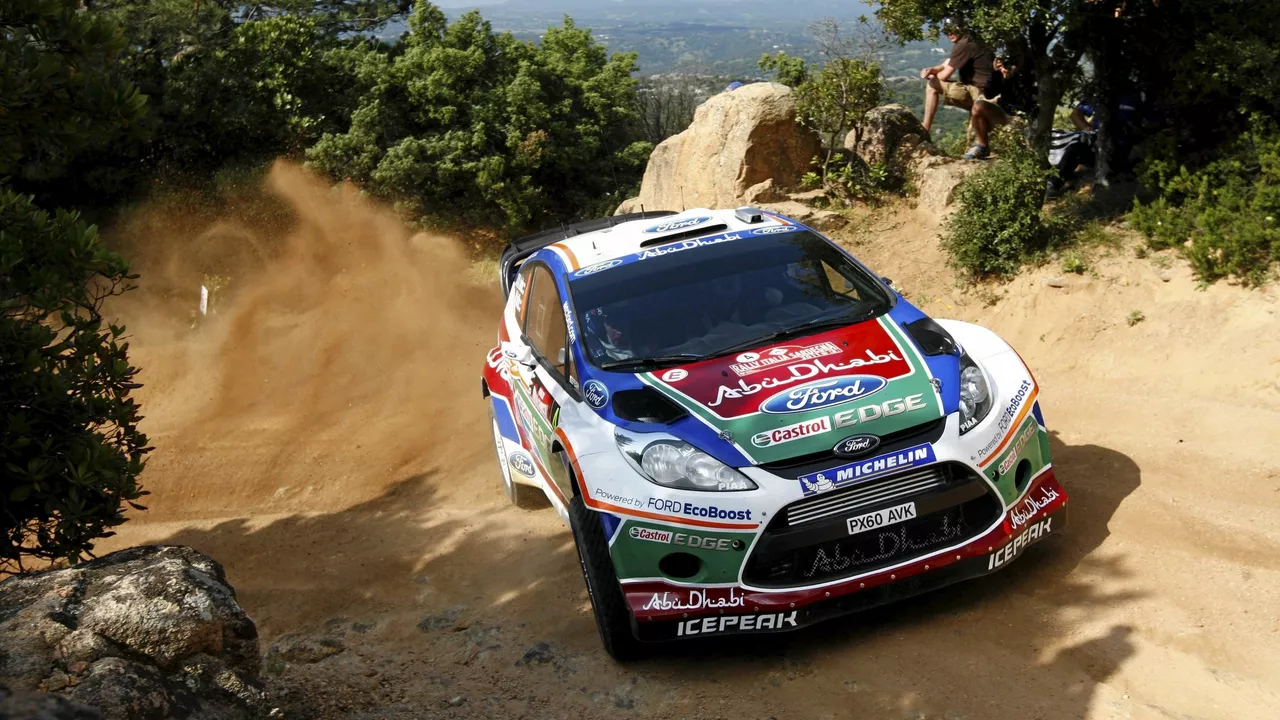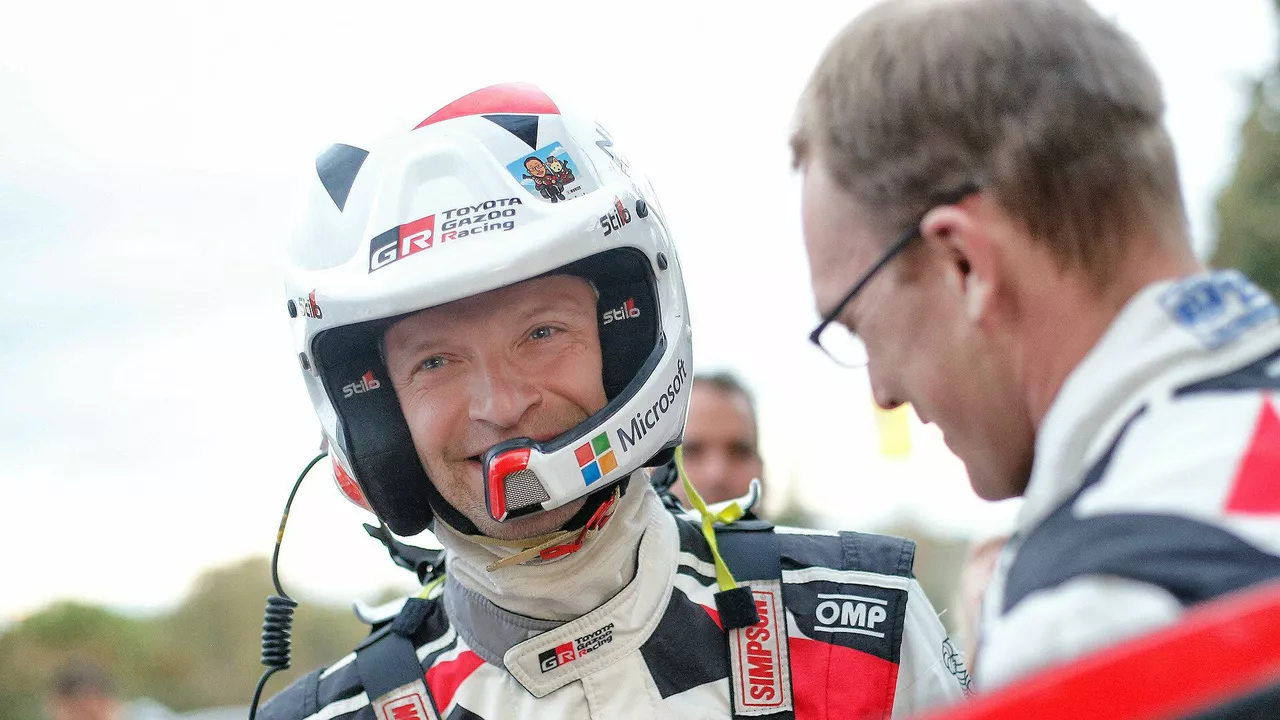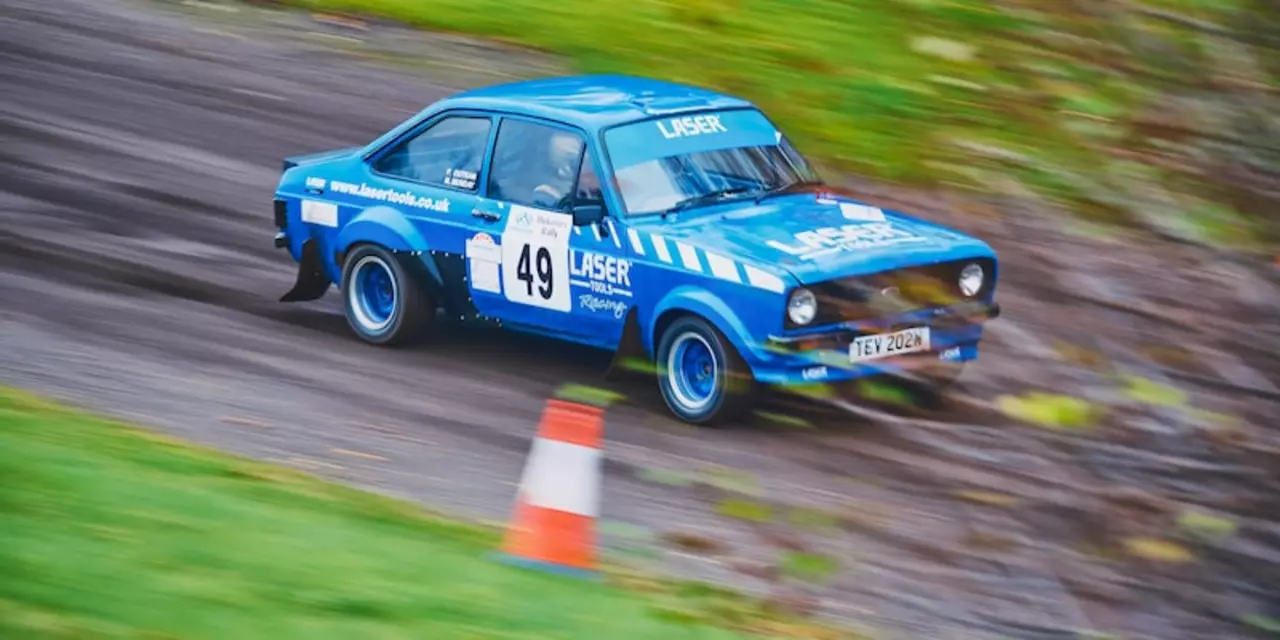Rally Basics, Off‑Road Tips & How to Get Started
If you love speed and love tackling dirt, mud, and snow, rally is the sport for you. Unlike circuit racing, rally jumps from gravel lanes to forest trails in minutes. The cars are built tough, the roads are unpredictable, and the excitement never stops. Below you’ll find the most practical info to help you understand rally and jump in the driver’s seat.
Off‑Road Essentials
Rally cars are purpose‑made for off‑road action. They usually start as hatchbacks because the shape gives better handling on loose surfaces. The low center of gravity, lightweight frame, and solid suspension let the car stay glued to the ground on gravel or snow. When you pick a car, look for a strong chassis, good ground clearance, and a gearbox that can handle quick shifts.
Grip is king on dirt. Choose tires with deep tread and a softer compound; they dig into mud and give you control when you’re cornering hard. Keep the tire pressure a bit lower than on tarmac so the tire’s edge can flex and keep contact with the uneven ground. A little practice on a local dirt track will show you how much difference the right setup makes.
Hands‑On Driving Tips
The handbrake is your secret weapon in rally. When you need to spin the rear wheels for a tight turn, a quick pull on the handbrake will lock the back and let the front wheels point where you want to go. It’s not just for show; using the handbrake correctly can shave seconds off a stage and keep you on the racing line.
Don’t forget the two sticks inside the car: the gear lever and the handbrake. Switching gears quickly helps you stay in the power band, especially when the terrain changes from rock to sand. Practice the “heel‑to‑toe” technique so you can brake and accelerate without losing momentum.
Strategy in rally differs from Formula 1. While F1 focuses on outright speed and pit‑stop timing, rally rewards consistency and vehicle preservation. You’ll spend a lot of time reading pace notes, choosing the safest line, and managing fuel and tires for the whole day. Treat each stage like a mini‑marathon rather than a sprint.
For teens who want to start, the first step is finding a local rally club. They often run school‑aged programs, provide mentorship, and let you watch real stages. Get a proper safety kit – helmet, fire‑proof suit, and harness – before you ever get behind the wheel. Many clubs let you start in a “co‑driver” role, which teaches you the pace‑note language and helps you understand how a rally team works.
If you live in India or another country with plenty of scenic roads, check the national rally federation for entry requirements. You’ll need a valid driver’s license, a car that meets the class rules, and a basic knowledge of the local traffic laws. Safety gear is non‑negotiable, and a short driver‑education course can save you a lot of trouble later.
Remember, rally is as much about the community as it is about speed. Share your experiences on forums, watch classic Group B footage to learn what not to do, and always respect the environment you’re racing in. With the right car, a solid grasp of handbrake technique, and a clear strategy, you’ll be on your way to feeling the rush of rally racing.

Is FWD good for a rally?
After digging into the subject, it seems that FWD cars can indeed be suitable for rally racing. Many people appreciate their predictable handling and the fact that the weight is concentrated over the drive wheels, which can improve traction. However, whether or not FWD is the best choice really depends on the specific conditions of the race. While they may struggle in some off-road conditions compared to RWD or 4WD vehicles, FWD cars can certainly hold their own in a rally setting. So, don't write off FWD for rally just yet - with the right skills and conditions, they can be quite effective.

What does a co-pilot do in a rally?
As a rally enthusiast, I've always been curious about the role of a co-pilot in a rally race. A co-pilot, also known as a navigator or co-driver, plays a crucial role in guiding the driver through the course by providing precise instructions on the route, the upcoming turns, and any obstacles ahead. They also help the driver maintain the correct pace and manage the car's performance, ensuring the team stays competitive throughout the race. The co-pilot is responsible for reading the pace notes, which are detailed descriptions of the route, and communicating them to the driver in real-time. In summary, a co-pilot's essential job is to ensure the driver has all the necessary information to navigate the rally course efficiently and safely.

Does simulated dirt rally racing help with real life rally driving?
Simulated dirt rally racing can improve a driver's real life rally driving skills. The simulation offers an immersive experience, allowing the driver to hone their skills in a realistic, yet safe environment. It also allows them to practice their driving techniques and strategies without the risk of damaging their vehicle. Simulated rally racing can help drivers to become more aware of their surroundings and to better understand how to react to road or terrain changes. Additionally, it can help drivers to become more familiar with the cars they will be driving in actual rally events. Finally, simulated dirt rally racing can help drivers to develop the confidence they need to tackle the challenges of a real rally course.